Are you stuck in a cycle of doomed relationships? Are you attracted to the same type of person? Then you might have some unhealthy relationship patterns you need to address.
Here are 7 dysfunctional templates that could be sabotaging all your relationships and keeping you from the love that you deserve.
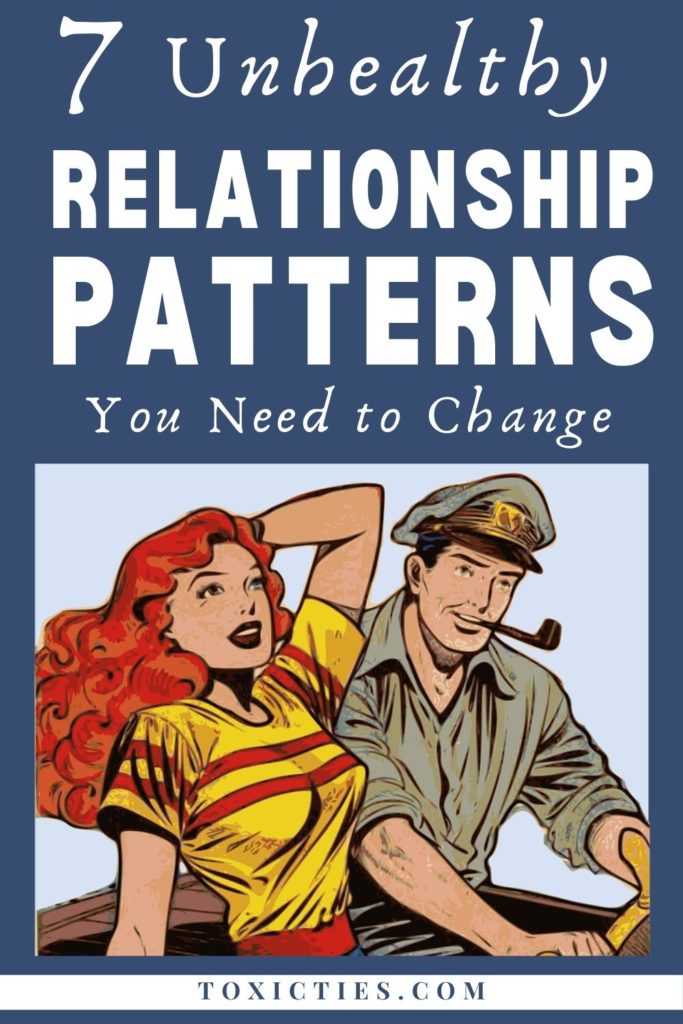
1. You Crave Drama
Because you’re used to being with emotionally unavailable or abusive partners, being in a “normal” relationship with someone who is kind, caring, available, and willing to commit feels bizarre and unfamiliar to you.
So you may not feel attracted to “nice guys.”
And even if you do manage to get into a relationship with one, you get bored. You feel like the relationship lacks passion and excitement.
To escape what you perceive as boredom, you either manufacture drama or look for some new excitement on the side.
2. You Are Fatally Attracted to Unavailable Men/Women
I am guilty of this one, big time.
The way it usually happened was mysterious and engulfing. The attraction wasn’t immediate. But once I felt that subconscious pull, it had the effect of a sudden and violent tornado.
Something about that person would catch my attention — a detail that essentially meant they’re unavailable — emotionally or otherwise, and I would become “lovesick.”
It was like a light switch would turn on, and I’d find myself inexplicably attracted to that person to the point of obsession.
I never got involved with married men, thank god. But I was infatuated with several closeted gay men, commitment-phobes, lifelong bachelors, addicts, and even one guy with schizophrenia. It doesn’t get more unavailable than that!
There was no sense or logic to my love life. Except that I was only attracted to people I couldn’t have a future with.
It took me a long time to break this pattern.
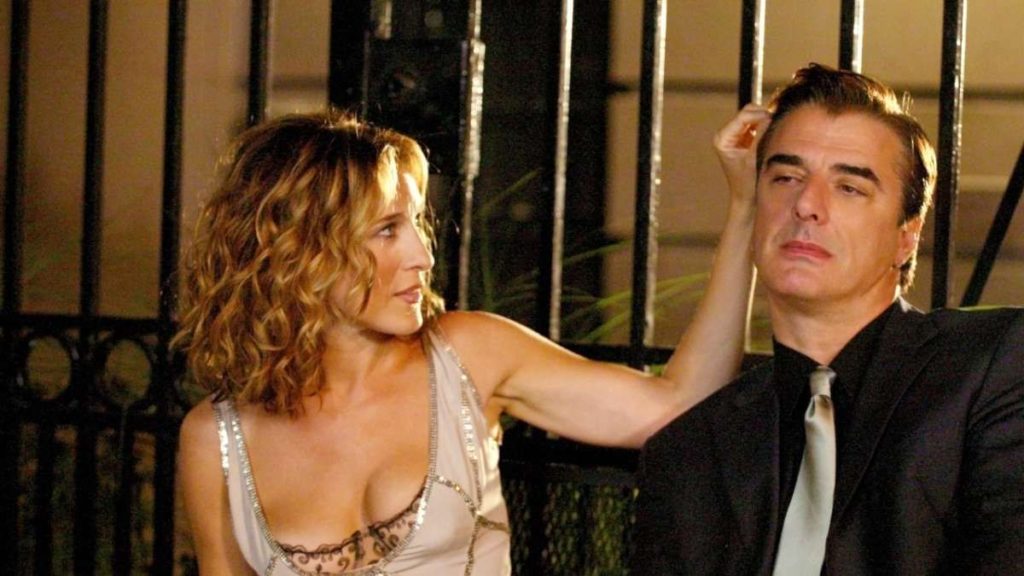
3. You Play Games
Your past experiences taught you that love isn’t safe. Getting close to someone, being vulnerable, being available means getting hurt.
So you put up walls to protect yourself from any potential heartbreak. That’s what dating games are all about: control and self-preservation.
You can’t be honest and vulnerable in relationships, so you play games. It allows you to have an upper hand while keeping the other person scrambling to please you or figure you out.

4. You Lead Them On
You have a tendency to lead people on because you crave their affection.
Even if you’re not interested, you’ll give them subtle encouragements to pursue you just so you can feel loved or desired.
This is a dangerous little game because you’re playing with people’s emotions. You can really hurt someone if you take it too far.
5. You Get Close, Then Bolt
Everyone loves the beginning of a relationship — that infatuation phase when you’re floating on air and everything is new and exciting.
Every smile, every glance, every touch is magic.
But constant exaltation isn’t sustainable in the long term.
Eventually, the “in love” phase gives way to a more mature, albeit less exciting, relationship. Your connection grows deeper, more stable, and more predictable.
That’s when you bolt.
As soon as you sense that the initial infatuation is wearing off and you’re settling into a normal couple’s routine, your brain tells you that you need to run before you turn into your parents [or insert whoever applies].

6. You Can’t Handle Conflict
Conflict is a normal part of a healthy relationship.
Whenever two separate, unique individuals get close, there’s potential for tension and disagreements. After all, differences in opinions, attitudes, beliefs, or upbringing are inevitable.
In fact, when a couple never fights, it’s a red flag. It means people are either being inauthentic, superficial, or don’t have adequate communication skills.
You may be in the latter category. Conflict scares you or makes you feel like something is wrong.
Perhaps, you grew up in an environment where people were constantly fighting. So you internalized the idea that conflict should be avoided at all costs. Instead, you use passive-aggressive means to communicate your anger.
Needless to say, your inability to handle conflict is a dysfunctional pattern. And it’s one of the things that can kill a romantic relationship.
7. You Keep Pining For “The Ones That Got Away”
They say that distance makes the heart grow fonder.
Time can have the same effect. As the years go by, we tend to appreciate our past more and, perhaps, get nostalgic about “the good old days.”
But there is a difference between occasional reminiscing and an unhealthy attachment to the past.
If you keep thinking about your former lovers, wondering what could have been, and comparing them to your current relationship, it may be a dysfunctional pattern.
How do you know for sure? Try to understand what keeps you looking back.
Are there unresolved feelings? Do you need closure? Do you feel unsatisfied in your current relationship? Or is it your way of self-sabotaging a good thing?
If it’s the unfinished business that’s holding you back, address it. Get the closure you need or accept the fact that there isn’t a closure.
But if this is self-sabotage, you may need some serious self-healing work.

How to Correct Unhealthy Relationship Patterns
Correcting unhealthy relationship patterns isn’t something that can happen overnight.
It took time cultivating these patterns, and it will take time to change them.
So approach this process with patience. This isn’t going to be a linear path or an instantaneous transformation.
But here’s the good news!
If you’ve acknowledged the fact that you have some dysfunctional patterns to work on, you’ve already started your journey.
Grow Your Awareness
Awareness is always the first step to any kind of change. As they say in the AA, the first step of recovery is admitting that you have a problem.
If you’ve managed to come out of denial and stop blaming other people, you took a HUGE leap forward in your personal evolution. Congratulations!
You’re not done yet, though. It’s great that you’re self-aware enough to recognize your patterns. But you can still take action to increase your awareness, such as:
- journaling (writing down your thoughts and feelings makes them more visible, and also helps you process them)
- talking to friends/loved ones (sharing with sympathetic and understanding people in your life can make you feel supported and even more committed to changing your unhealthy relationship patterns)
- self-education (reading books or websites like this one, listening to podcasts, watching webinars, etc. can empower you with the knowledge and the comfort that you’re not alone)
- meditation (spending time in meditation and contemplation will allow you to reconnect with yourself and your authentic feelings)
- therapy (a qualified therapist can provide you will the tools and the guidance you need to make sure you’re addressing the deeper issues behind your patterns)
As you increase your awareness, you may realize that your unhealthy relationship patterns are modeled after the dysfunctional family dynamics you observed as a child.
This is an important point in your transformation. This is when you can start seeing your relational identity as a by-product of someone else’s dysfunction. So your desire to change it can become even stronger.

Define What You Want
You’ve looked into the abyss and acknowledged the unhealthy relationship patterns that hold you back.
You’ve realized where these patterns come from and how they keep you tethered to a cycle of repetitive, disastrous, toxic relationships.
You don’t want that anymore. You’re ready to get off the merry-go-round and attract a healthy relationship with an available partner.
Now is the time to define what you want.
You can never create something positive by focusing on the negative. In other words, you have to stop dwelling on the past or what you don’t want and start envisioning what you do want.
… What You Really Want
What kind of relationship are you hoping for? Describe it. Feel it. What does it feel like to be in this relationship?
What kind of person do you want to be with? Describe them. Imagine them. But don’t just pin a picture of Brad Pitt to your vision board and call it a day. Focus on the feeling of being with them.
They may not look like what you imagined, but you’ll recognize the feeling when you’re with them.
It will feel comfortable. It will feel like home. And it will feel like you can be yourself without the need to play a role.
Can you see it?
That’s the way it was for me.
When I met my husband, it wasn’t how I imagined I would meet the man of my dreams. It wasn’t a “love at first sight,” earth-shaking attraction, weak knees and butterflies…
It was simple, almost ordinary: meeting through mutual friends, having an easy-flowing conversation, then going our separate ways without even exchanging numbers. We met again a month later, also under non-romantic circumstances.
Before, I would have let this man pass by. I was used to the addictive highs and lows of a dysfunctional relationship, with no quiet space in between.
But I realized that what I really wanted was someone I could be myself with. I was exhausted from all the shape-shifting. I no longer wanted to fit someone else’s mold; someone who wasn’t my match — emotionally, intellectually, and spiritually.
That’s the silver lining of a toxic relationship: it helps you connect with your true feelings and desires.
When you know what you really want — as opposed to what you think you should want — it becomes easier to find it, and not let it slip away.
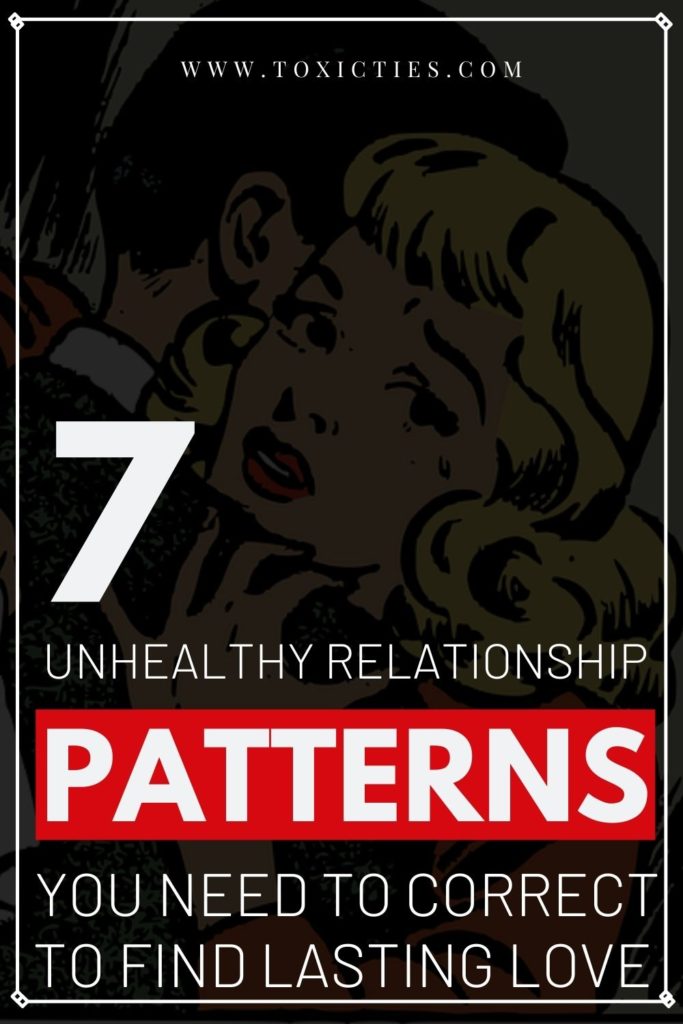
NEXT
13 Signs That You’re Dating Mr. Big (And Why You Should Dump Him)



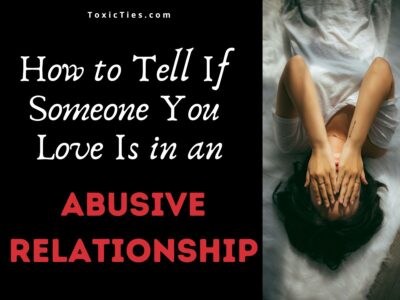

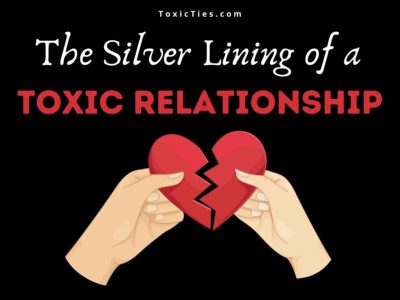
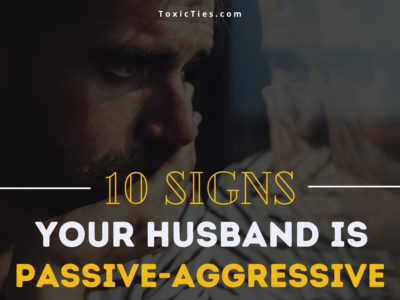
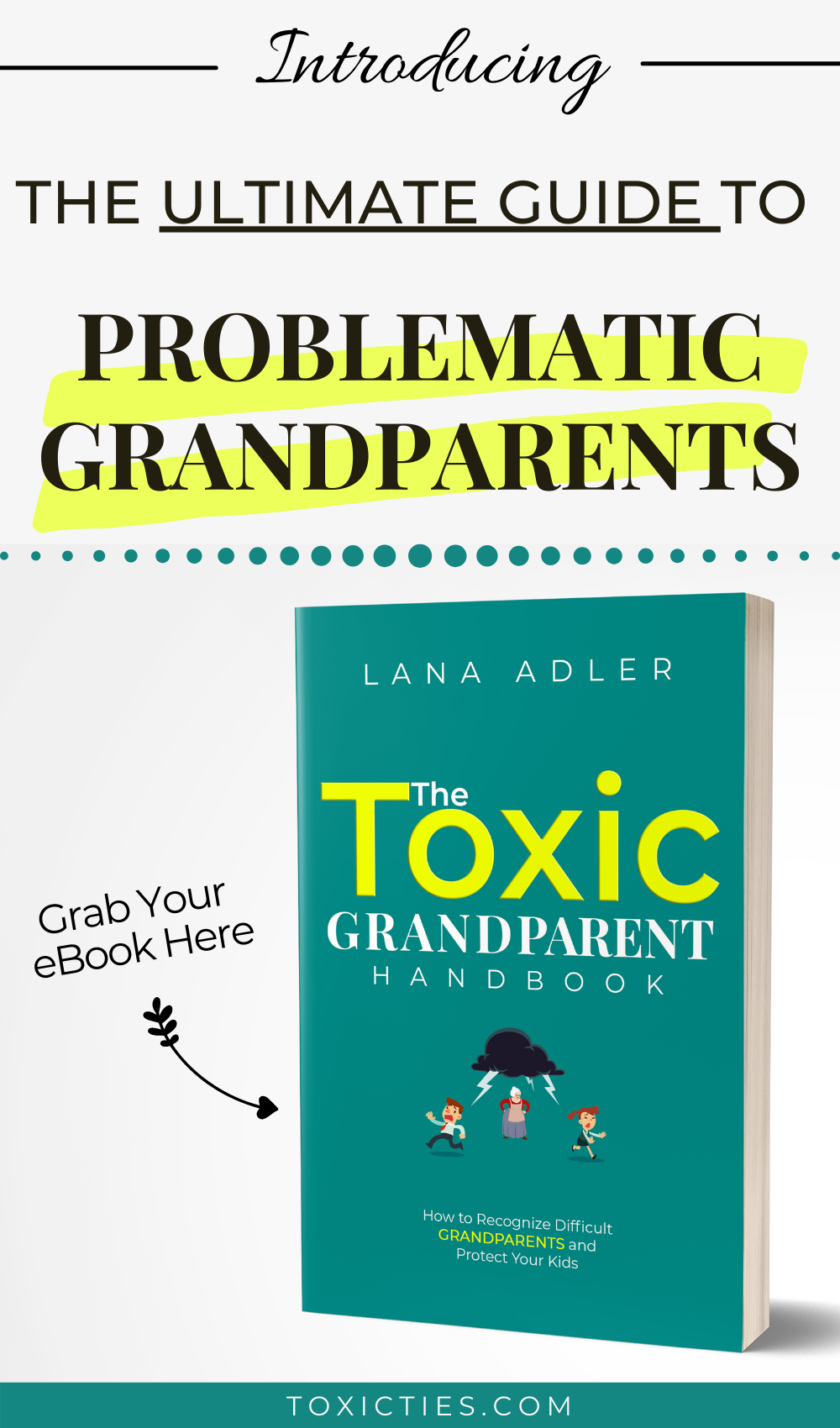
Leave a Reply